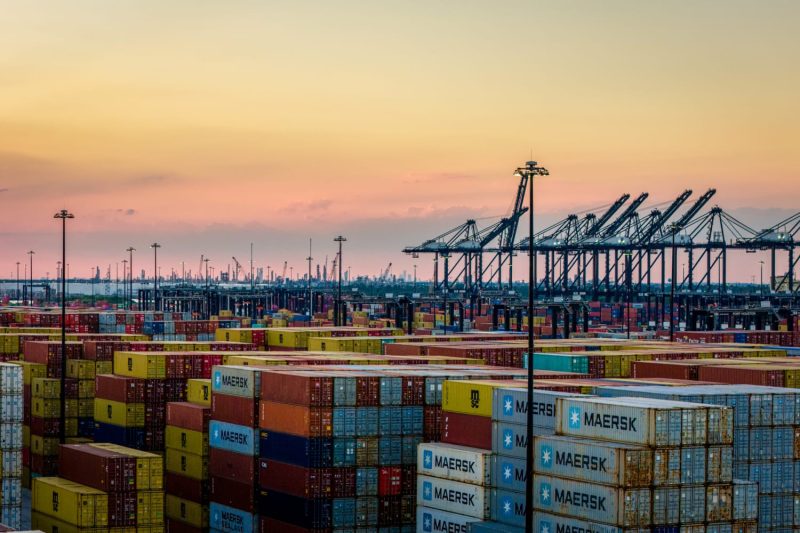The recent potential of a major maritime strike threatening ports across the East Coast has raised concerns among various stakeholders. The implications of such a strike are significant, not only for the workers involved but also for the broader economy and supply chain. Let’s delve deeper into the possible impacts and underlying issues.
1. Root Causes of the Maritime Strike
The root causes of the potential maritime strike can be attributed to various factors. One key issue is related to labor disputes, including concerns over wages, working conditions, and job security for port workers. Additionally, disagreements between labor unions and management on issues such as benefits and workload allocation have contributed to the rising tensions.
2. Impact on Supply Chain and Economy
A major maritime strike has the potential to disrupt the flow of goods and products through East Coast ports, impacting various industries that rely on efficient maritime transportation. The interruption in cargo handling and vessel operations could lead to delays in shipments, increased costs for businesses, and ultimately, a slowdown in economic activity.
3. Response and Mitigation Strategies
To address the potential maritime strike and minimize its impact, proactive measures need to be taken by both labor unions and port management. Engaging in constructive dialogue, negotiating fair terms, and finding mutually beneficial solutions are crucial steps toward preventing a full-blown strike. Furthermore, contingency plans should be put in place to mitigate disruptions and ensure the continuity of port operations.
4. Regulatory and Government Intervention
Government intervention may also play a role in resolving the issues underlying the maritime strike. Federal and state authorities could intervene to facilitate negotiations, mediate disputes, or enforce regulations to ensure the smooth functioning of ports and maritime activities. Additionally, policymakers may consider implementing measures to prevent future strikes and safeguard the stability of the maritime sector.
5. Long-Term Implications and Lessons Learned
The potential maritime strike serves as a wake-up call for all parties involved to address underlying issues and work towards sustainable solutions. It highlights the importance of maintaining healthy labor-management relations, prioritizing the well-being of workers, and ensuring the resilience of the supply chain. By learning from this experience, stakeholders can better prepare for future challenges and foster a more stable and efficient maritime industry.
In conclusion, the looming threat of a major maritime strike across the East Coast underscores the complex dynamics at play within the maritime sector. Proactive collaboration, effective communication, and a commitment to resolving disputes are essential for averting potential crises and sustaining the vitality of port operations. As stakeholders navigate through these challenges, it is crucial to prioritize the mutual interests of all parties involved and strive towards a more sustainable and resilient maritime ecosystem.




























